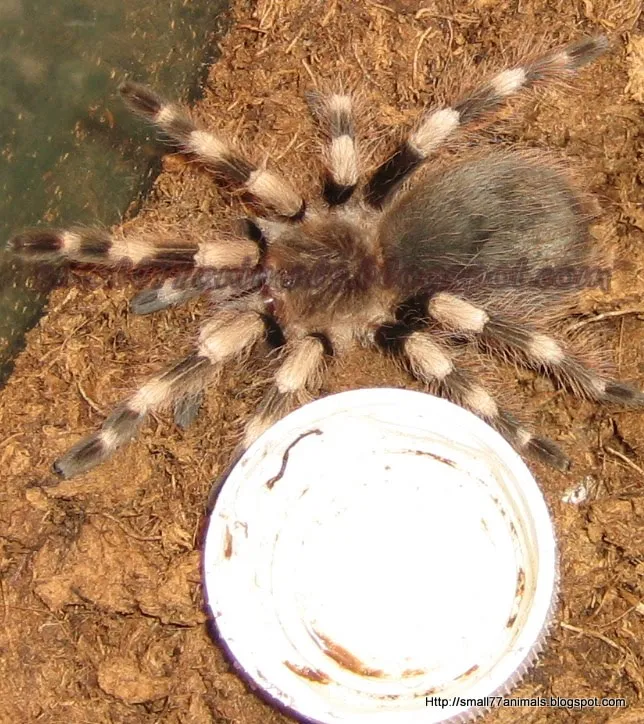What to Know Before Buying
Considering a tarantula for sale can be an exciting prospect for any pet enthusiast. These fascinating creatures, with their impressive size and unique behaviors, offer a captivating experience for those who appreciate the beauty of the natural world. However, before you bring one home, it’s crucial to understand their specific needs and requirements. Tarantulas, unlike many other pets, demand a specialized environment and diet to thrive. This comprehensive guide will walk you through the essential aspects of tarantula ownership, ensuring you’re well-prepared to provide the best possible care for your new eight-legged friend. Understanding the basics will not only make your pet happier but also save you money and time.
Origin and Species
Tarantulas are a diverse group of spiders belonging to the Theraphosidae family. They are found in various habitats worldwide, from the rainforests of South America to the deserts of North America. When looking for a tarantula for sale, you’ll encounter a wide array of species, each with its own unique characteristics and care requirements. Their origins greatly influence their needs in captivity, so research is very important when purchasing a tarantula. Consider the species’ natural environment to replicate it in your home. Always buy from a reputable dealer.
Popular Tarantula Species
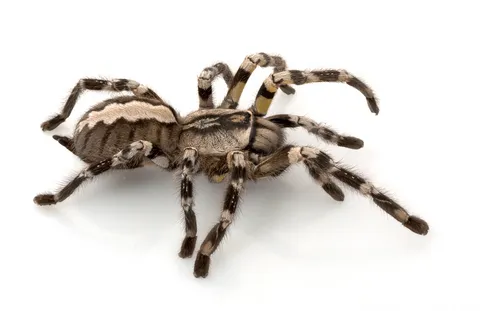
Some of the most popular tarantula species for sale include the Mexican Redknee (Brachypelma hamorii), known for its striking orange and black markings and relatively docile temperament, and the Chilean Rose Hair (Grammostola rosea), prized for its hardiness and gentle nature. Other popular choices include the Gooty Sapphire Ornamental (Poecilotheria metallica) and the Pinktoe tarantula (Avicularia avicularia). Each species has its own temperament, size, and specific needs. Thorough research is critical before acquiring any tarantula, to make sure you can provide the right care, and the proper habitat to make it healthy.
Habitat and Enclosure Requirements
Creating a suitable habitat is vital for a tarantula’s well-being. A proper enclosure should mimic the tarantula’s natural environment, providing the necessary conditions for it to thrive. The ideal enclosure should be secure, well-ventilated, and appropriately sized for the species. It needs to provide adequate space for the tarantula to move, molt, and hunt. The right enclosure setup makes sure that the tarantula will be able to express its natural behaviors and live a long, healthy life. It also helps to avoid escapes, as tarantulas are skilled at finding their way out of inadequate enclosures. Selecting the right enclosure is very important when buying a tarantula for sale.
Tank Size
The size of the enclosure is crucial. Generally, the enclosure should be at least twice as wide as the tarantula’s leg span and three times as long. For terrestrial species, a wider tank is more important than a tall one. Arboreal species, which live in trees, require taller enclosures to accommodate their climbing behavior. Juvenile tarantulas will require smaller enclosures. Always consider the adult size of the tarantula when choosing an enclosure, as you will not want to have to purchase a bigger one very quickly. It is very important to provide enough space, because a cramped enclosure can cause stress and behavioral problems.
Substrate and Decor

The substrate serves as the tarantula’s bedding and helps to maintain humidity levels. Good choices include coconut fiber, peat moss, or a mix of both. The depth of the substrate should be sufficient for the tarantula to burrow if it is a burrowing species. Decor such as cork bark, artificial plants, and hides can enrich the environment and provide hiding places, reducing stress. The environment is very important and can influence its overall health. Make sure to decorate the enclosure, but don’t clutter it so much that it is hard for the tarantula to maneuver. Always keep in mind that a tarantula in the wild will have an enriched environment to choose from, and you should provide the same in captivity.
Feeding and Diet
Feeding is a significant aspect of tarantula care. In the wild, tarantulas are opportunistic predators, feeding on insects and occasionally small vertebrates. In captivity, their diet should primarily consist of appropriately sized insects. The frequency of feeding depends on the tarantula’s age, species, and metabolism. Overfeeding can lead to health problems, while underfeeding can stunt growth or cause the tarantula to become stressed. A balanced diet, along with proper humidity and temperature, is essential for a healthy tarantula. Providing the correct diet is key to the well being of any tarantula you purchase, so be sure to know what your tarantula eats.
What to feed Tarantulas
The best food for tarantulas includes insects like crickets, mealworms, dubia roaches, and super worms. The size of the prey should be appropriate for the tarantula; typically, the prey should be no larger than the tarantula’s abdomen. Avoid feeding wild-caught insects, as they may carry parasites or pesticides. Variety is important to ensure the tarantula receives a complete diet. Many tarantulas enjoy variety in their diet, and this helps ensure they receive the right nutrients to stay healthy. Always purchase your insects from a reputable supplier, so you can be sure that the insects are healthy and free from parasites or chemicals.
How Often to Feed
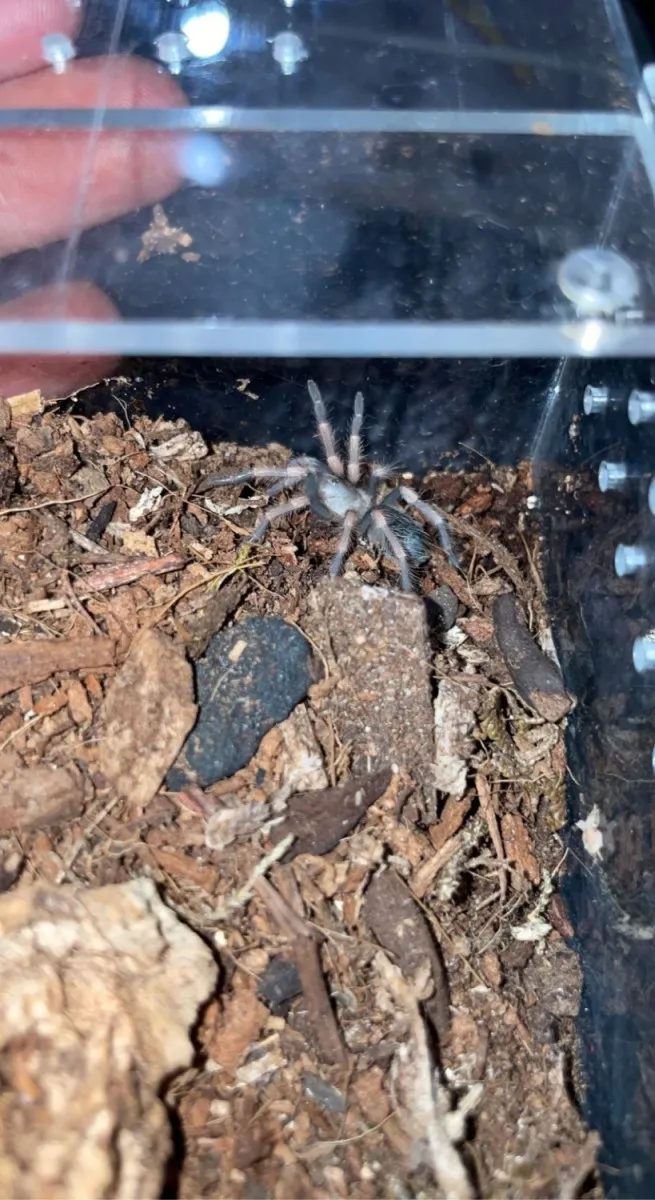
Juvenile tarantulas need to be fed more frequently, usually every few days, whereas adults can be fed once or twice a week. Observe your tarantula’s behavior and appetite to adjust the feeding schedule accordingly. A tarantula that is not hungry may refuse food, while a hungry tarantula will readily accept it. Avoid feeding your tarantula immediately after it molts, as its fangs are still soft. Adjust your feeding schedule depending on whether your tarantula is a juvenile or an adult. Keep an eye on your tarantulas abdomen. If it’s very large, then it is not hungry. If it is thin, then it is hungry.
Handling and Safety
While tarantulas are generally not aggressive, handling them can be risky. Their fangs can deliver a painful bite, and their urticating hairs (small, barbed hairs they can flick off) can cause skin irritation. Handling should be kept to a minimum and only done when necessary, such as for health checks or moving the tarantula. Always prioritize the tarantula’s well-being and safety. It is always best to admire a tarantula from a distance. Keep in mind that a tarantula does not see humans as friends and can become scared and lash out.
Safe Handling Practices
If you must handle your tarantula, do so with caution. Approach the tarantula slowly and gently. Avoid sudden movements that could startle it. Wash your hands before and after handling. It’s advisable to use a soft brush to gently coax the tarantula onto your hand, rather than trying to grab it. Never handle a tarantula if you are unsure or uncomfortable. Always handle your tarantula over a soft surface to minimize injury if it falls. Avoid handling during molting or after feeding, as they can be more vulnerable or defensive during these times.
Recognizing a Defensive Posture
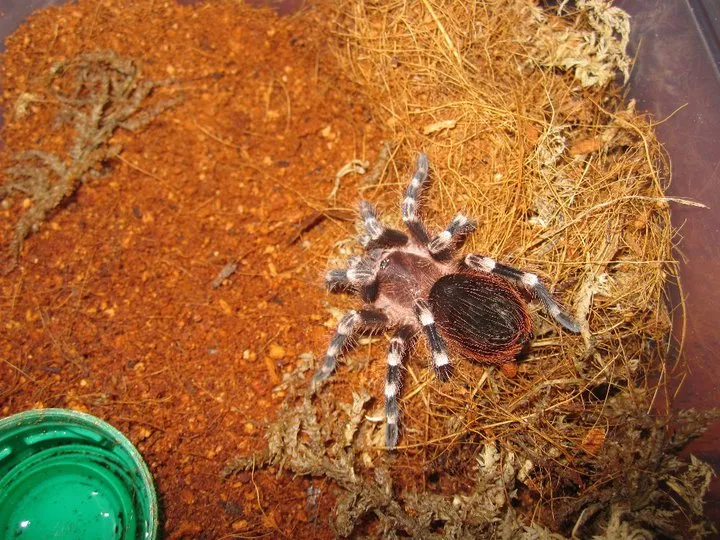
Learn to recognize the signs of a defensive posture. Tarantulas may raise their front legs, rear up, or flick their urticating hairs as a warning. If your tarantula displays any of these behaviors, it’s best to leave it alone. Respecting your tarantula’s boundaries is essential for its well-being. If a tarantula displays defensive behaviors, it is best to leave it alone and not try to handle it. Understanding your tarantula’s behavior will help you to know whether it is feeling safe and secure.
Lifespan and Care
Tarantulas can live for many years, with some species living for over 20 years. Proper care is crucial to ensure a long and healthy life for your pet. This includes maintaining the right temperature and humidity, providing a varied diet, and avoiding unnecessary handling. Regular observation is very important. Regularly check for any signs of illness or stress. The lifespan of a tarantula is greatly impacted by the way it is cared for. A tarantula that is taken care of properly will often live a very long life. A tarantula that is neglected will live a very short life.
Typical Lifespans of Tarantulas
The lifespan of a tarantula varies by species. Females typically live longer than males. Some species, like the Chilean Rose Hair, can live for over 20 years, while others have shorter lifespans. Research the typical lifespan of the specific species you are considering to understand the commitment involved. Male tarantulas often have shorter lifespans than females, sometimes dying soon after reaching maturity. Consider that owning a tarantula is a long term commitment and you will need to take care of it for many years.
Health and Wellness
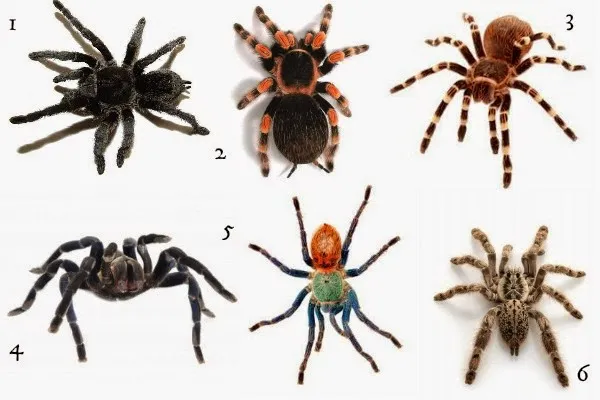
Regularly inspect your tarantula for signs of illness, such as loss of appetite, lethargy, or unusual behavior. Provide a clean and appropriate environment to minimize the risk of health problems. Maintain the correct temperature and humidity levels for the specific species. If you notice any signs of illness, consult a veterinarian who specializes in exotic animals. Make sure to check the tarantulas body for any external parasites. Early detection and treatment can often prevent serious health issues, so it’s very important to know when to seek expert help.
